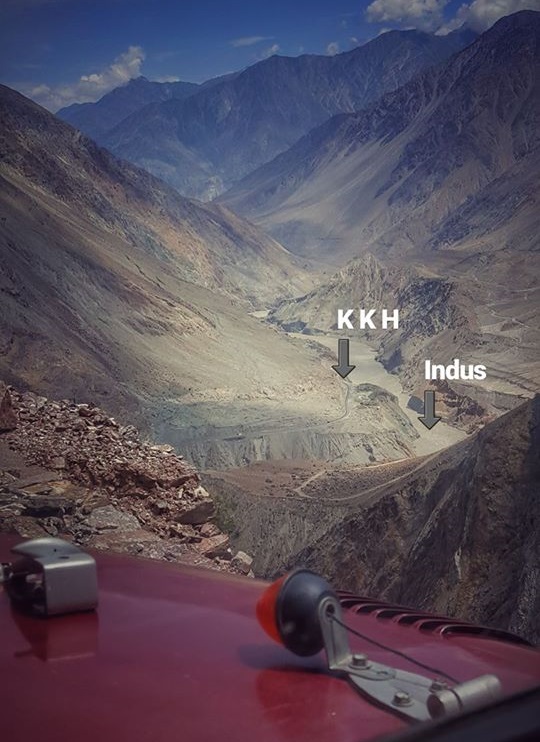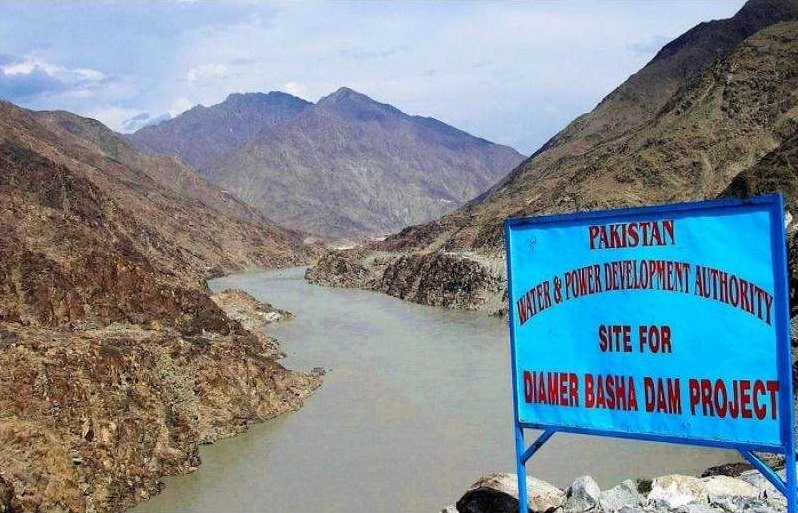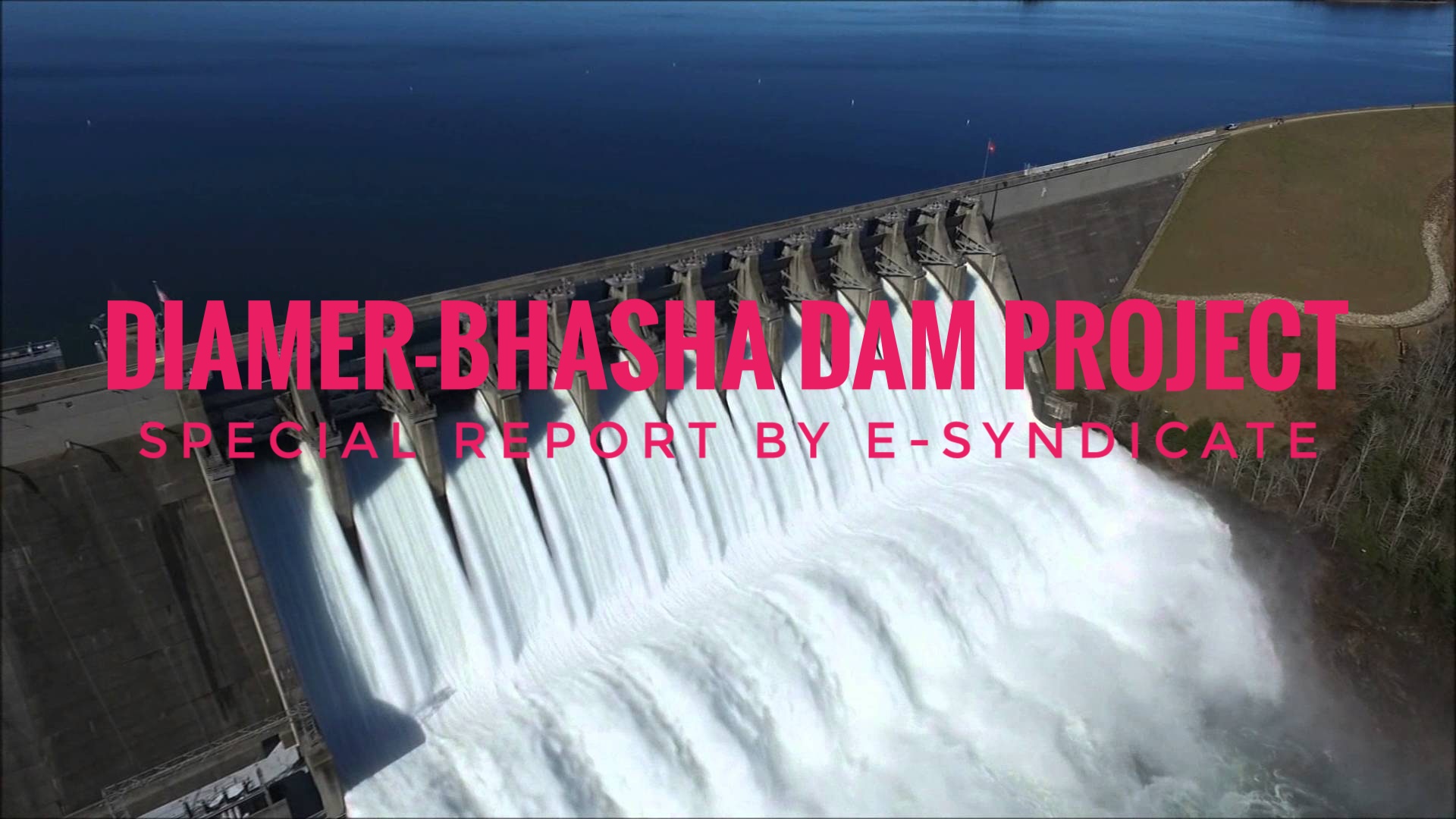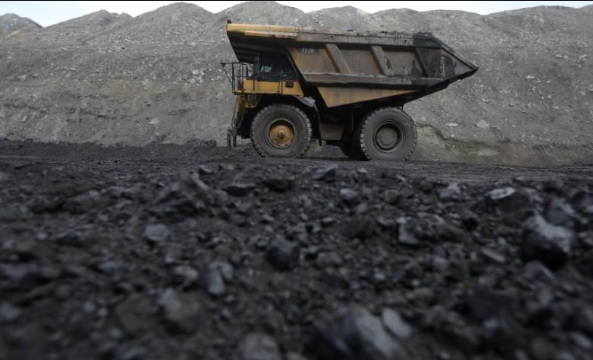What happened to Diamer-Bhasha Dam Project – Why this project is crucial for the sustainability of life in Pakistan – How it will serve the Future Generation of our Country.
Liquid water is crucial to life on this planet and this is the only planet so far that can shelter life for having drinkable liquid water and 75% ocean surface.
How the water from the oceans become rain and sustains glacial and river assets, before flowing back to oceans. I have written another article, you can read for an in-depth study of the water cycle and clouds formation.
Read More: Do you still remember the Water Cycle, a topic from your primary class?
After the global impact of human-driven climate changes, almost every country is facing the water crisis due to the faster melting of glaciers and lack of rain, including our country Pakistan.
We don’t have enough Dams to save the water from excess glacial melts and rains. Glacial melt from Himalaya flows throughout the length of Pakistan in the form of the World’s 21st longest river, Indus River then falls back into the Arabian sea.

Relevant: Geographical Importance of Pakistan and its Two Prides in a single Frame
The issues our country is facing right now include:
Not enough water for people during the summer droughts.
Farmers have trouble growing crops without enough irrigation water.
Flash floods destroy houses and already well-grown crops.
The former Chief Justice of Pakistan, Mr. Mian Saqib Nisar addressed this important need of Pakistan and initiated a worldwide donation drive for the construction of the Diamer and Bhasha dams.
One Man’s mission has now transformed into the collective ambition of an entire nation and millions of Pakistani’s around the world are proud owners of this drive that will make a real, transformative impact on the lives of our future generations.

The upcoming project is located on Indus River, about 315 km upstream of Tarbela Dam, 165 km downstream of Gilgit and 40 km downstream of Chilas.
The expected dam will sustain immense water stock for the Future Generation of Pakistan for 35 years by extending the life of Tarbela Dam located downstream and produce 4500 megawatts of electricity by harnessing the water.
Diamir-Bhasha dam is expected to start in April 2020 as one-fifth of land still to be acquired for reaching the total needs. Bhasha Dam expected Completion is in 9 years (by 2029) and another Mohmand Dam is expected to start in April 2019 with the expected completion of 6 years (by 2025).
PM Imran Khan also urged overseas Pakistanis to contribute to dam fund and donate generously on an emergency basis due to a possible shortage of water by 2025 that can lead to the drought-like situation in the country.
Some People right now are spreading false hopes and rumors that the already funded amount for Dams fund is looted from the people and now there is no record or operational status of such fundraising drive. How on earth someone can believe that Pakistan Army’s officers and soldiers funded over billion rupees in the direction of Army chief General Qamar Javaid and that investment is being looted somehow?
You can check the live Status of Fundraising Drive for The Supreme Court of Pakistan and the Prime Minister of Pakistan Diamer-Bhasha and Mohmand Dams Fund by Clicking Here.
The total population affected by the project is 35,000 and 28,000 people are already resettled in alternate locations. 9 Model villages with new infrastructure, roads, clean water supply schemes, schools, health centers, electricity supply, etc are also added in the resettlement plan of the Government of Pakistan.


























Leave a Reply